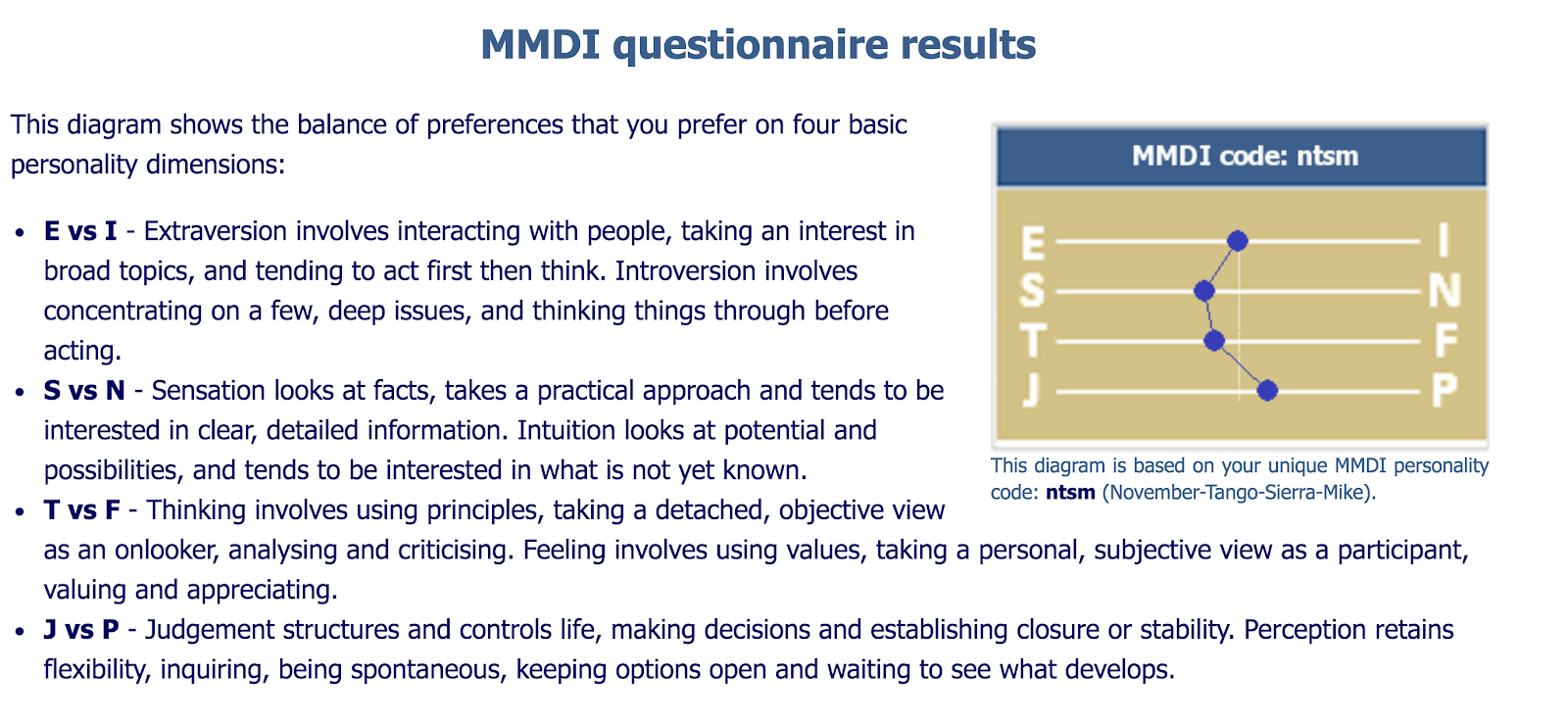My name is Hugo Díaz. I teach five Spanish courses and also soccer in a high school that is part of the Expeditionary Learning web. I am passionate about teaching my native language and help people develop multicultural skills. I am also one of the managers on the Spanish department of PandaTree, an online language learning platform for K-12.
I am currently expanding my knowledge of and implementing:
- Seal of Biliteracy.
- Dual Language Education Programs and cross-cultural competence.
- Second-language immersion programs.
- Motivation (intrinsic and extrinsic) of American students of Spanish.
- Blended learning: rotation model (Station Rotation, Lab Rotation, Flipped Classroom, and Individual Rotation), flex model, à la carte, enriched virtual.
- Virtual education.
- Literacy Design Collaborative.
- How to teach and transmit character: grit, zest, self control, gratitude, optimism. Constructive responding / Growth mindset / Character behavior language.
- Dual purpose lesson (academic and character goal).
- Cultura Sefardí, relaciones español-ladino.
- Language minority students.
- Communication needs in the health / medical field.
- Language planning in the legal domain (courtroom) and prevent language inadequacy.
- Spanish in the workplace.
- Cross cultural understanding.
- Culturally sensitive classrooms.
- Intergenerational language maintenance-shift-loss / diglossia / code switching.
- Implementing strategies to help low achievers, providing equal opportunities for all learners.
How did your personality affect your choice of content area?
The results of the MMDI questionnaire show that I am more on the extraversion side than on the introversion. Regardless of what your predominant motivation to learn a second language is mostly (intrinsic, extrinsic, integrative), you need to be ready to interact and communicate with other students and speakers of that language.
I was first interested in languages when I started learning French at school and later on English. Years later, living on the Mediterranean coast of Spain, I found fascinating being able to communicate and learn about the countries, traditions and cultures of the tourists visiting the area. The only way to do it was communicating in my English or French and in Spanish. Later on, once studying at university, I used to help with their Spanish (and Catalan) my foreign flatmates and foreign students who were friends of mine. As a native Spanish speaker and being able to speak French and English I was able to talk to people from all over the world, in Barcelona or when traveling around Europe.

Results show that I am more on the “sensation” component than on the “intuition” component. That is something that has been changed over the last years. As an non-native English speaker who in a short amount of time has had to do tons of procedures and paperwork of all kinds, involving multiple steps, and receiving explanations from different people in my L4, I have realized the importance of “clear and detailed information” rather than vague and confusing explanations and not assuming that people already know things.
Next, I am more into perception than its counterpart “judgement structures”, I agree with the “flexibility, inquiring, being spontaneous” are characteristics of a world language teacher. Finally, I scored closer to the “thinking” than to the “feeling”. Research shows that bilingual children develop empathy faster than monolingual kids, and that adults learning a second language approach problems in a more rational way when doing it in their L2.
How does or will your personality affect your relationships with your students?
I make sure I provide clear directions which I provide orally and written, I also provide examples of the tasks students need to complete. Since I take “an interest in broad topics”, in my classes I make connections to other subjects and include meaningful topics to engage students. Although I carefully plan my lessons and add several options I am flexible and I can readily change the path depending on the class reactions and interests (“keeping options open and waiting to see what develops”).
How will your teaching and learning style affect your teaching and your students' abilities to be successful?
Since I am aware that in a class students have different predominant learning styles, I plan my lessons and implement them having that variety in mind. I plan so that my lessons have different activities that cover all learning styles and even within each activity/task students have the option of acquiring the content and demonstrating mastery in different ways. I adhere to the Universal Design approach.
